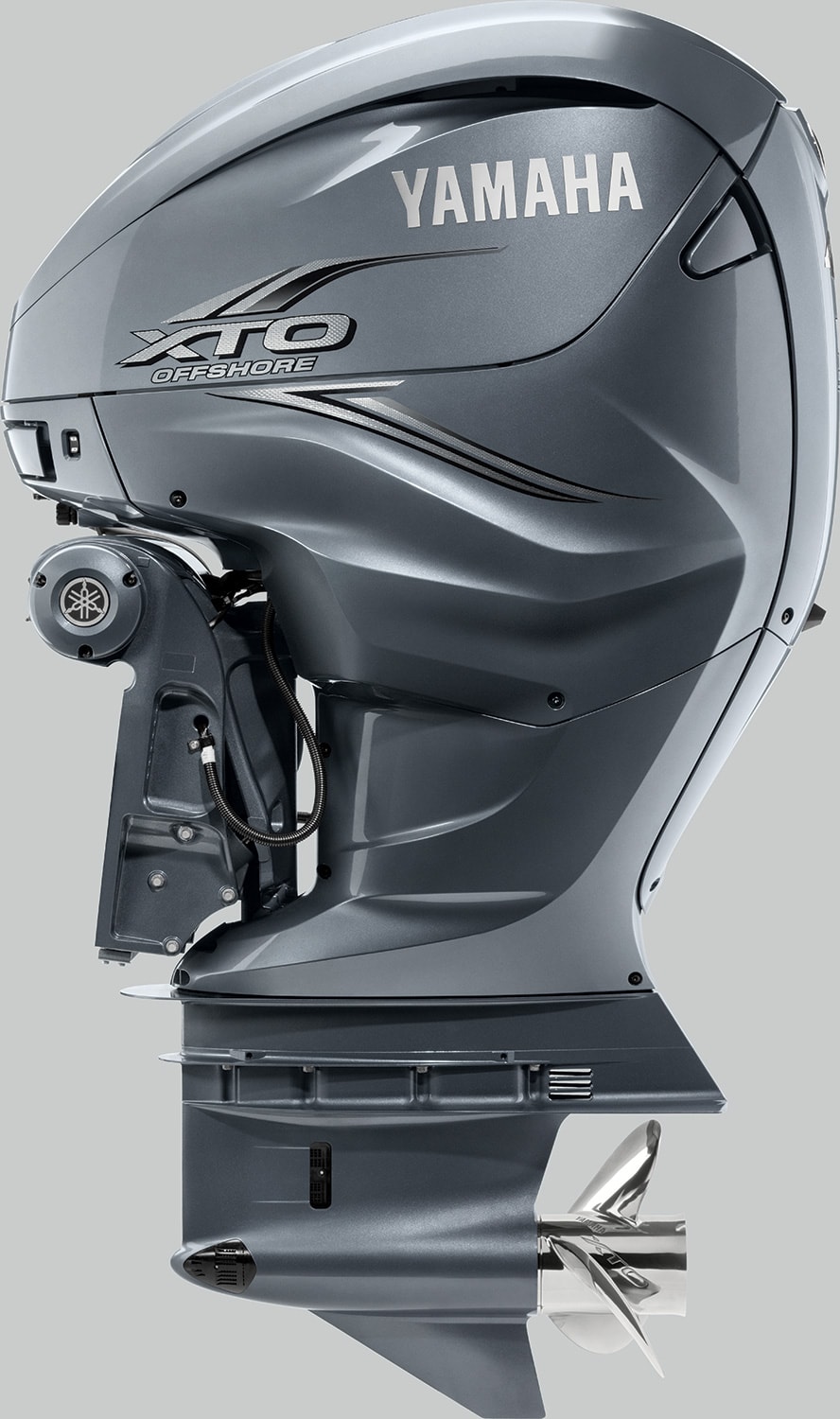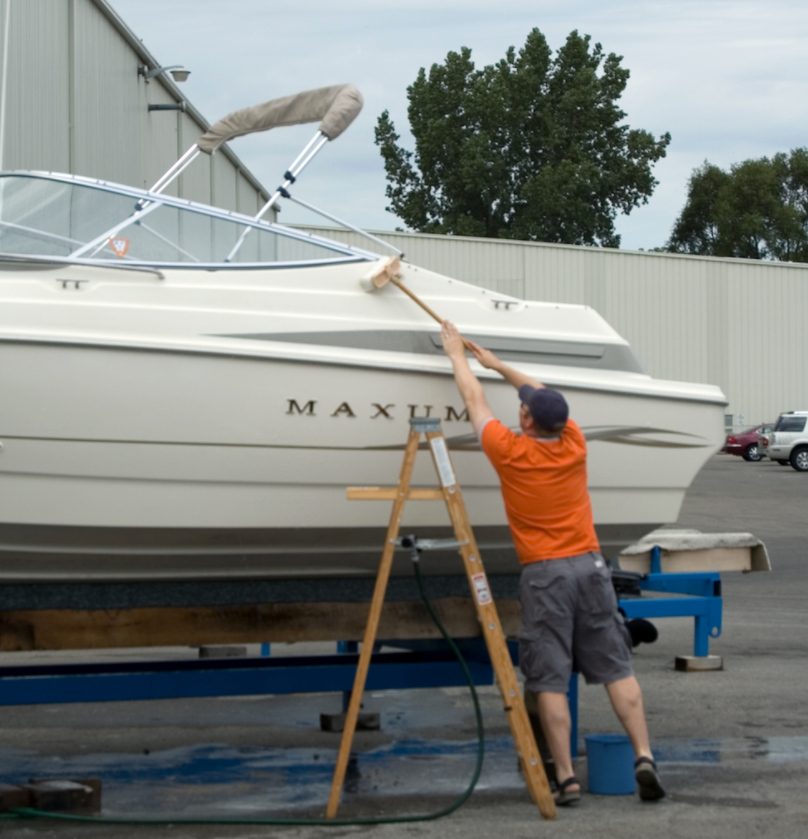Weego has just introduced a new portable N44s Jump Starter for boats, cars, trucks and motorcycles. It’s based on the success of Weego’s N22 model, and it delivers 50 percent more power for the same relatively low price. All told, the new N44S provides 44 cranking amps in an ultra-compact design. The charger is about the size of most cell phones (just 5.6 inches high) and it weighs less than a pound. The N44s can start vehicles with up to 7L gas engines or 3.5L diesels. It holds a year of standby power on a single charge, and its lithium…
Browsing: Maintenance
Ready or not, winter is coming. For those of us living in the northern part of the country, that means getting our boats ready for snow, cold, and ice. Here’s about the most thorough advice I’ve seen about how to best protect your boat from what’s coming, from BoatUS. You can download an entire PDF with worthwhile advice at the end. It’s that time of year again. The leaves have started to change color, and the nights are getting longer and cooler. Before the mercury dips below freezing, you need to prepare your boat for the coming winter. At its most…
It’s that time of year again. With spring approaching, it’s time to get the boat ready for the new season. Here’s a great checklist from BoatUS about what to do now: SPRINGFIELD, Va., March 3, 2020 – Getting the boat ready for the summer boating season is an exciting time for America’s nearly 12 million recreational boaters. Boat Owners Association of The United States (BoatUS) has a Spring Commissioning Checklist to help boaters start the season right, along with a new YouTube Spring Fitting Out video library that shows you how to do some basic tasks, from changing the outdrive…
SPRINGFIELD, Va., Sept. 30, 2019 – Boaters across the country are getting ready to put their boats to bed for a long winter’s nap, but not every boat owner knows all the secrets of winterizing a recreational boat. Boat Owners Association of The United States (BoatUS) shares some quick tips to ensure safe storage until next season. 1. California, Florida and Texas have the most engine winterizing claims. Boaters in northern climates know to winterize but all it takes is one deep freeze in a normally balmy state to cause major damage to your boat. Unless you’re in an area…
If you want to jump start your boat, or your upcoming holiday shopping, take a look at the new Weego power packs. The Weego 44 and Weego 66 Power Packs are compact, rugged devices that have more power and features to make sure your vessel can start every time. They make a useful piece of gear for your boat at any time, and they also could be a much-appreciated addition to a holiday gift list for your favorite boat owner. Both Weegos have 10 percent more cranking amps of power, with the Weego 66 (pictured above) providing 660 cranking amps,…
Yamaha, Raymarine and Awlgrip were among the winners of the 2018 Innovation Awards at the International BoatBuilders’ Exhibition and Conference in Tampa. The awards, made in 13 categories, were managed by the National Marine Manufacturers Association and judged by eight members of Boating Writers International. “This year’s entries were very focused on improving the boating experience,” said Alan Wendt, chairman of the judging panel. “From solving simple issues with canvas to more complex engineering challenges with hardware and composites, there is ample evidence of innovation underway in a thriving industry.” Yamaha won the outboard category for its new V-8, XTO…
Back in December, James and Jennifer Hamilton, the globe-circling, high-tech cruising couple from Seattle, passed the 9,500-hour mark on the single 265-hp John Deere engine that drives their Nordhavn 52. That was in the North Atlantic. Since then they cruised to Ireland and then England, where, starting on Jan. 9, they decided to replace the cutlass bearings on the rudder shaft and on the wing and main prop shafts as well. They were at Saxon Wharf in Southampton. Hamilton gives a blow-by-blow account of what happened next, with pictures, all on their website (mvdirona.com). Here’s the short version: They loosened…
It’s that time of the year again, and cruisers in northern climes are starting to get their boats ready for the water again. You probably already have your spring commissioning tasks down pat; at least you probably have a routine that works for you and your boat that you follow year after year. But it never hurts to have a checklist to follow. Here’s a thorough, easy-to-do spring commissioning checklist from BoatUS that will help you get your boat ready for a full and safe season ahead. SPRING COMMISSIONING CHECKLIST Before You Launch: Hose clamps should be inspected and replaced…
Will your boat’s batteries survive the winter? You certainly don’t want to wait for spring to find the answer to that question. If your batteries are in fact dead when you try to start the season, they can be brought back to life; it’s not the end of the world. But it’s definitely a hassle you don’t want to have. Here’s some advice from Practical Sailor (for these purposes, batteries work the same way on powerboats and sailboats) about steps you can take to help your batteries last until warm weather. If you’ve removed the batteries from the boat, store…
Nothing is more vital to the integrity of your boat than its seacocks. Have a problem with one of them, and you literally could be sunk. Depending on the size and type of your boat, you could have a few, or quite a few, down in your bilge, but you’ll certainly have them for your engine(s), genset, head(s) and other equipment. It’s also a good idea to have a mallet and tapered plugs, sized to fit, ready to go in case one of them totally fails. Here’s a good story from Sea about how to care for seacocks and how…










